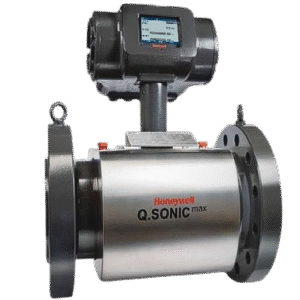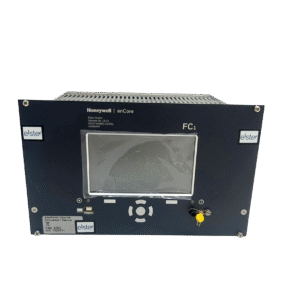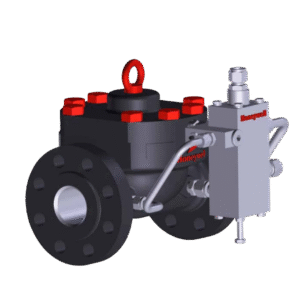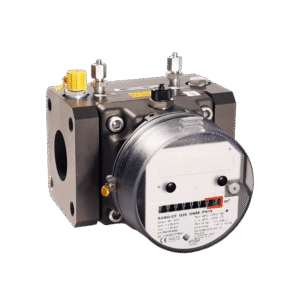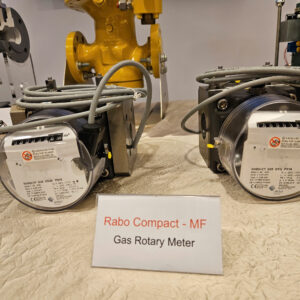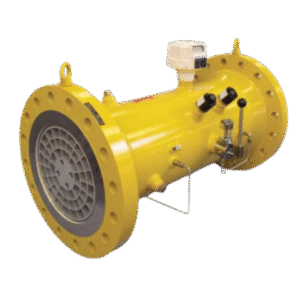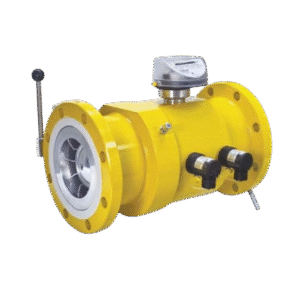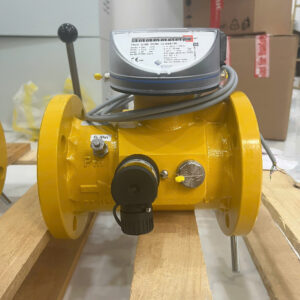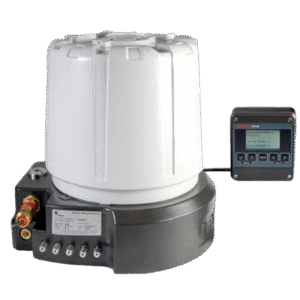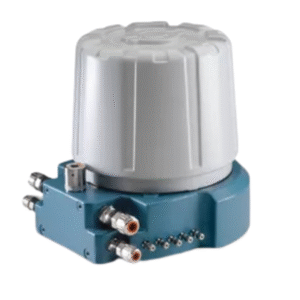Overview and Key Features
Honeywell Elster’s rotary gas meters, particularly the Rabo Gas Meter, offer impressive measurement capabilities within a compact form. These meters are renowned for their precise performance, even under conditions of low or fluctuating gas flow. Drawing on proven elements from earlier Elster-Instromet models, the Rabo introduces several advanced, future-focused enhancements—making it a modern and dependable solution.
How the Rabo Gas Meter Works
At its core, the Rabo Gas Meter employs the positive displacement principle to measure gas volume. Thanks to this volumetric approach, it delivers consistent accuracy regardless of the surrounding piping configuration. This feature makes it especially suitable for space-saving measurement setups that do not require straight inlet sections. The meter logs gas volume under real-time operating conditions and is fully certified for custody transfer purposes. For more advanced processing, it can also be paired with electronic volume correction devices.
Measurement Mechanism and Design
The inner workings of the Rabo Gas Meter consist of two impellers shaped like the number eight when viewed in cross-section. These rotate within a sealed chamber, driven by incoming gas. As the gas flows, the impellers spin in sync—without physical contact—pushing a fixed volume of gas through to the outlet.
Each complete rotation represents a specific measured gas volume. The movement is transmitted via a reduction gear and magnetic coupling to the mechanical index, which records the total flow. Fine-tuning and calibration of the meter are carried out using an adjustable gear pair within the index unit.
Applications of the Rabo Gas Meter
The Rabo Gas Meter by Honeywell Elster is engineered to accurately measure natural gas and a variety of non-corrosive, filtered gases. Its durable design and adaptability make it a reliable choice for a wide range of industrial and commercial applications.


